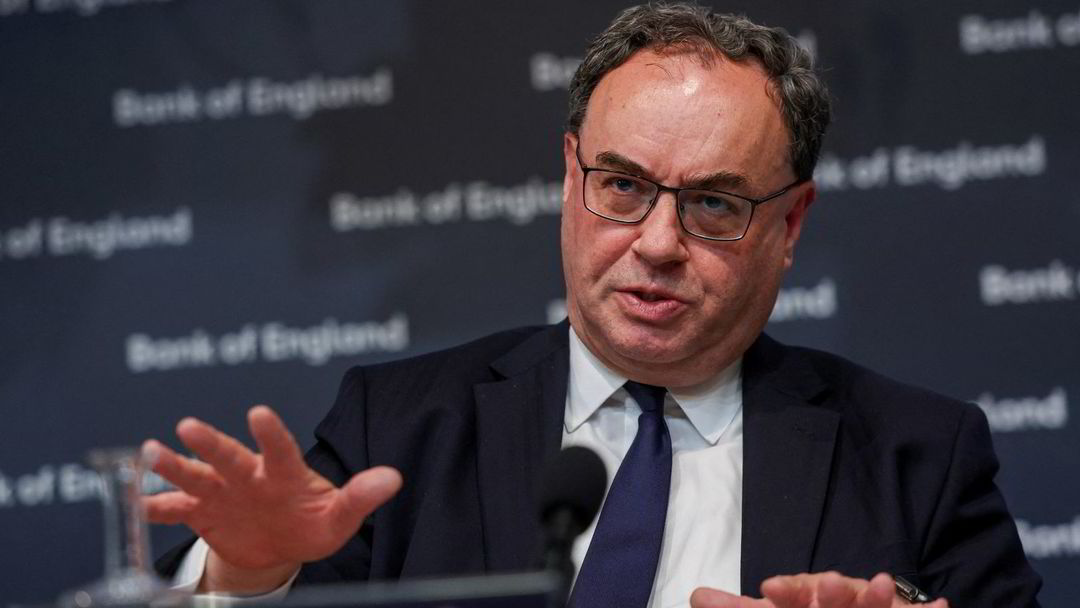Price growth in the UK ended in April at 8.7 per cent on an annual basis, a marked slowdown from the annual rate in March, when inflation was 10.1 per cent.
However, the figures for last month were still a negative surprise. Of the 36 economist estimates that Bloomberg had obtained in advance, the actual numbers came in higher than anyone had expected. The Bank of England, for its part, had an estimate of 8.4 per cent.
Core inflation, which in the UK excludes food, energy and tobacco prices, ended at 6.8 per cent year-on-year last month, up from an annual rate of 6.2 per cent in March.
Sky-high food prices
The British statistics agency ONS writes that energy prices contributed the most to the annual rate of total inflation falling in April, even though price growth is still far above the target. The fall in April also comes as a result of the sharp jump in energy prices last year now out of the statistics.
Food and non-alcoholic beverages continued to rise in April and were last month 19.1 per cent more expensive than a year ago.
Although across several categories there is a marked easing from the annual rate in March, prices in the UK are still very high:
- The prices of alcohol and tobacco are 9.1 per cent higher now than a year ago.
- Hotel and restaurant prices have risen 10.2 per cent in the past year.
- Furniture and other household items are 7.5 per cent more expensive this year compared to last year.
Following the release of figures from the ONS, both government interest rates and the British pound rose. Expectations for another interest rate jump from the British central bank also made a significant jump, and a new increase is now fully priced in at the next meeting in June.
– When inflation turns out to take hold to a greater extent than what the Bank of England expected, it seems almost certain that the key interest rate will be raised by 0.25 percentage points to 4.75 percent in June, and perhaps even higher later this year, says chief economist Paul Danes at Capital Economics, writes Bloomberg.
Interest rate peak of over five percent
The market is now pricing in an interest rate peak of around 5.5 per cent in the UK, against an expected peak of 5.1 per cent on Tuesday.
The Bank of England raised the interest rate just under two weeks ago, exactly in line with the market’s expectations.
The central bank expressed that more interest rate increases are needed as long as inflation is this high. At the same time, the Central Bank revised up the GDP estimate for the British economy, and now expects no recession for the UK.
– If there are signs of more sustained price pressure, further monetary policy tightening is necessary, said a statement.
DN’s finance editor: This is what you should know about inflation:
.
(Terms)Copyright Dagens Næringsliv AS and/or our suppliers. We would like you to share our cases using links, which lead directly to our pages. Copying or other forms of use of all or part of the content may only take place with written permission or as permitted by law. For further terms see here.
2023-05-24 08:13:57
#British #inflation #boom #economists #price #growth #ended #cent #April
